Labor & Economy
Recession Still Very Real for Americans

The U.S. Census Bureau released the American Community Survey yesterday, and the broad study of poverty, inequality and youth mobility failed to present strong evidence that the recession has fully subsided. Instead, the study tells a familiar tale of winners and losers in the wake of the recession.
According to the report, poverty increased between 2010 and 2011. NPR reports on the findings:
The number of Americans living in poverty grew to 15.9 percent in 2011. It was 15.3 in 2010. That means that 48.5 million Americans had an income below the poverty level.
Poverty increased by greater margins in the three years prior, but the uptick, however slight, casts real doubt on an economic turnaround. Notably, an additional 2.3 million would have fallen into poverty without 2011′s extended unemployment benefits, and the poverty rolls could expand as jobless benefits expire.
In addition, median household income declined or remained static in every state except for Vermont. Overall, median income dropped 1.3 percent — from $51,144 to $50,502. The Economic Policy Institute reports on the states hit hardest:
Median household income significantly declined in 18 states, ranging from a 1.1 percent decline in Ohio to a 6 percent drop in Nevada. California (-3.8 percent), Georgia (-3.5 percent), Hawaii (-5.2 percent), Louisiana (-4.7 percent), New Jersey (-3.4 percent), and New Mexico (-3.1 percent) all experienced income declines of more than 3 percent… For the nation as a whole, median household income decreased by 1.3 percent.
The widely accepted GINI co-efficient, which uses a number between 0 and 1 to measure income inequality, rose in 20 states. New York, Louisiana and Connecticut were shown to have the greatest income inequality.
Americans were less likely to own a home and more likely to receive food stamps in 2011. On the bright side, because of Obamacare, young people were significantly more likely to be insured.
They were also more willing to move to find work. The percentage of young adults between 25 and 29 who had moved to find work increased to 24.6 percent of those surveyed — and long-distance moves rose from 3.4 to 3.8 percent. Seventy-one point eight percent of young people between the ages of 19 and 25 were insured, compared to 68.3 in 2009. (Obamacare allows young people to remain on their parents’ insurance until age 26.)
Some economists suggest that smaller drops in key indicators indicate the worst is over. But increasing poverty and inequality show that while it has gotten better for some, there is scant evidence of definitive recovery.
Check out the press release for the American Community Survey here.
Matthew McDermott is a Unionosity editorial assistant and outreach coordinator. His post first appeared on the group’s site and is republished with permission.

-
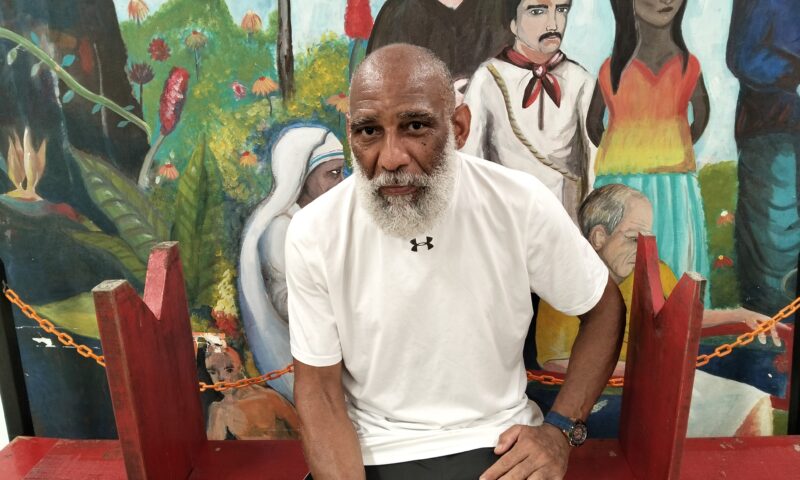
 StrandedNovember 25, 2025
StrandedNovember 25, 2025‘I’m Lost in This Country’: Non-Mexicans Living Undocumented After Deportation to Mexico
-
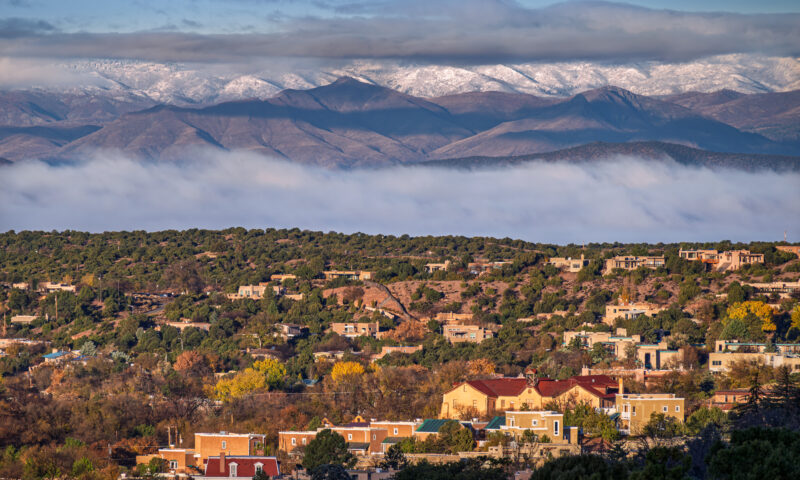
 Column - State of InequalityNovember 28, 2025
Column - State of InequalityNovember 28, 2025Santa Fe’s Plan for a Real Minimum Wage Offers Lessons for Costly California
-

 Striking BackDecember 4, 2025
Striking BackDecember 4, 2025Home Care Workers Are Losing Minimum Wage Protections — and Fighting Back
-

 Latest NewsDecember 8, 2025
Latest NewsDecember 8, 2025This L.A. Museum Is Standing Up to Trump’s Whitewashing, Vowing to ‘Scrub Nothing’
-
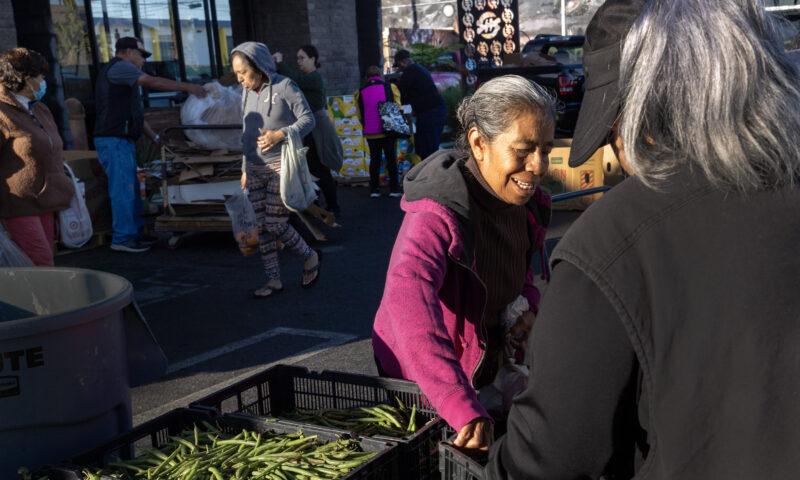
 Latest NewsNovember 26, 2025
Latest NewsNovember 26, 2025Is the Solution to Hunger All Around Us in Fertile California?
-
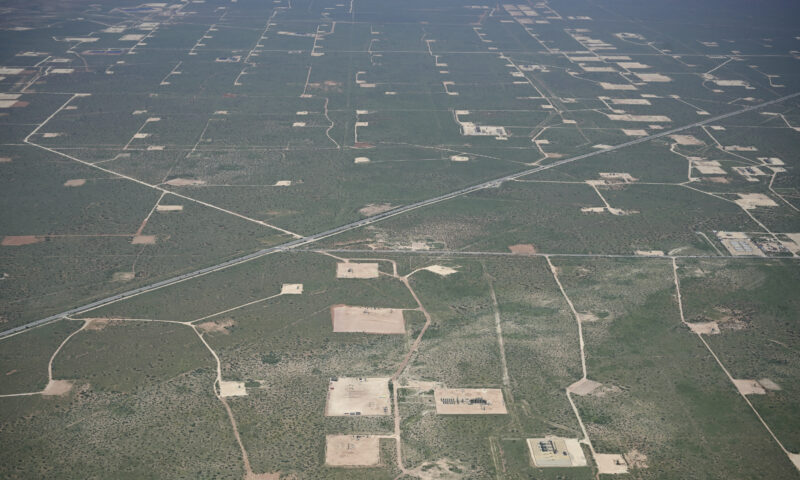
 The SlickDecember 2, 2025
The SlickDecember 2, 2025Utility Asks New Mexico for ‘Zero Emission’ Status for Gas-Fired Power Plant
-

 Latest NewsDecember 1, 2025
Latest NewsDecember 1, 2025Accountable to No One: What 1990s L.A. Teaches Us About the Trump Resistance
-
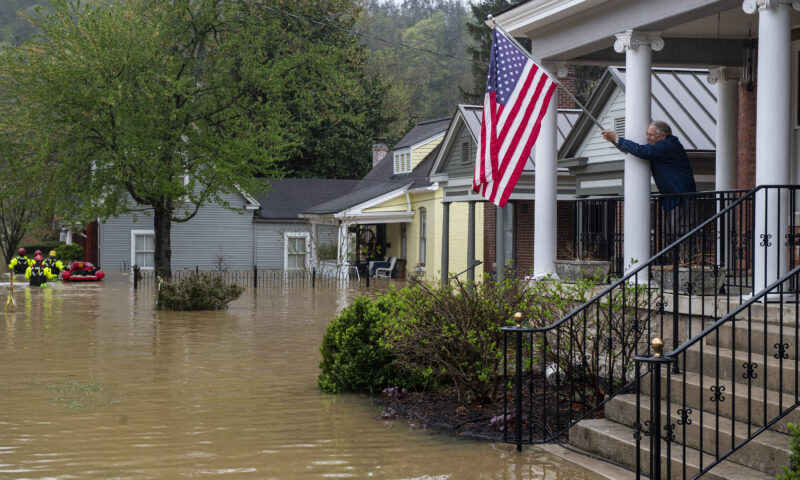
 Dirty MoneyDecember 3, 2025
Dirty MoneyDecember 3, 2025Trump’s Anti-Climate Policies Are Driving Up Insurance Costs for Homeowners, Say Experts

